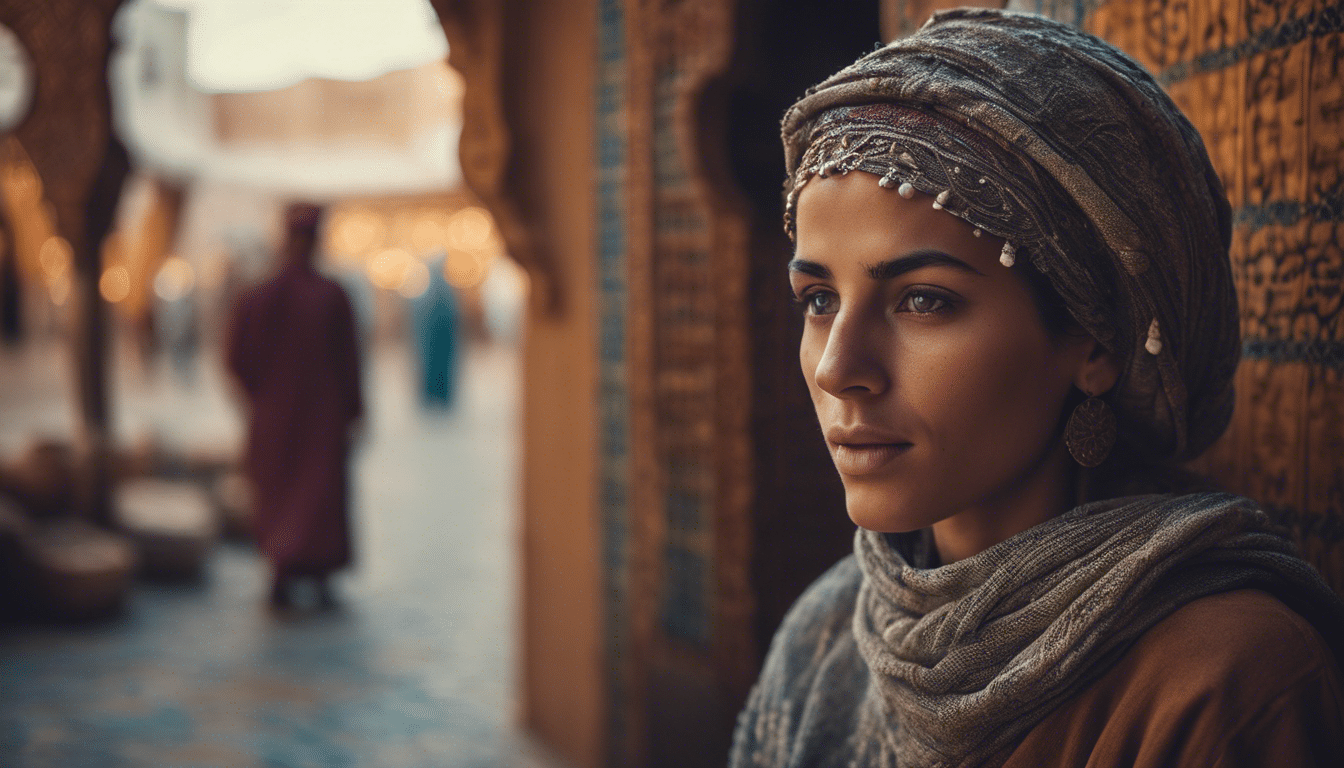ursustel.net – In the heart of Morocco, where the desert sands meet the starlit sky, an ancient tradition thrives—a tradition that has been passed down through generations, weaving tales as intricate as the patterns on a Moroccan rug. This is the art of Moroccan storytelling, a captivating blend of folklore, mythology, and cultural heritage that has enchanted listeners for centuries.
The Heart of Moroccan Culture
Storytelling in Morocco is more than just a pastime; it is a cornerstone of the country’s cultural identity. It is a way to preserve history, impart wisdom, and entertain. These stories, often told around campfires or in the bustling squares of cities like Marrakech, are windows into the soul of Morocco, reflecting its rich diversity, its struggles, and its triumphs.
Tales of Djinns, Heroes, and Legends
The tales that emerge from Moroccan storytelling are as varied as the landscapes of the country itself. From stories of djinns (genies) that inhabit the desert sands to tales of heroism and adventure, each narrative is a tapestry of imagination and tradition. One of the most famous collections of Moroccan folktales is “One Thousand and One Nights” (also known as “Arabian Nights”), which features the cunning and clever Scheherazade, who saves her own life by entertaining a king with stories every night.
The Art of the Storyteller
The Moroccan storyteller, or “hakawati,” is a master of their craft. With a voice that can captivate an audience and transport them to another world, the hakawati uses gestures, facial expressions, and changes in tone to bring their tales to life. They are not just narrators but performers, embodying each character and making the stories as vivid as possible.
Preserving the Tradition
In an era where technology and modern entertainment dominate, Moroccan storytelling faces challenges. However, efforts are being made to preserve this tradition. Festivals and cultural events celebrate Moroccan folklore, and storytelling workshops are held to teach the younger generation the art of storytelling. Additionally, many storytellers are now recording their tales, ensuring that these narratives are not lost to time.
A Journey Through Time
Listening to a Moroccan storyteller is like embarking on a journey through time. It is an opportunity to experience the magic of oral tradition, to learn about a culture’s history and values, and to be reminded of the power of storytelling to connect us, even across vast distances of time and space.
Conclusion
Moroccan storytelling is a testament to the enduring power of narrative. It is a bridge between the past and the present, a means of cultural transmission, and a source of entertainment and wisdom. As the stars twinkle above the desert sands, the tales woven by Moroccan storytellers continue to captivate and inspire, reminding us of the universal language of storytelling that unites us all.
